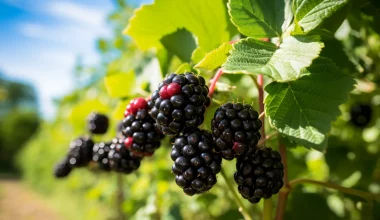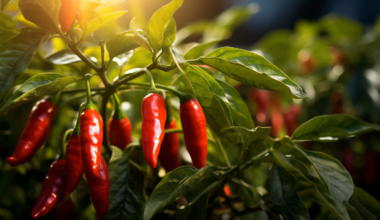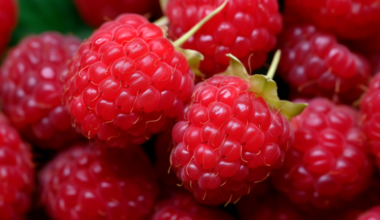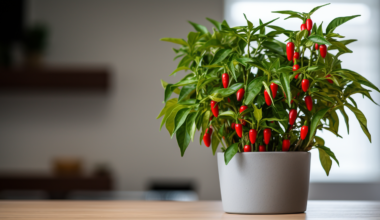Growing chilli plants can be rewarding, but it also comes with its share of challenges, primarily when pests and diseases strike. By being observant and proactive, you can protect your chilli plants and ensure a healthy harvest. This guide focuses on identifying, preventing, and treating common chilli pests and diseases.
Identifying Common Chilli Pests
Chilli plants can be an attractive host for various pests. Here are some of the most common ones and how to deal with them:
- Aphids: These small, pear-shaped insects suck the sap from the plants, causing leaf curling and yellowing. Use insecticidal soaps, neem oil, or introduce natural predators like ladybirds.
- Whiteflies: These tiny white insects can cause similar damage as aphids. Use yellow sticky traps or insecticidal soap to control their population.
- Spider mites: These microscopic pests cause yellow or white speckles on leaves. A heavy infestation can lead to webbing on the plants. Increase humidity, use miticides, or introduce predatory mites.
- Slugs and snails: These pests chew holes in the leaves and stems. Use beer traps or diatomaceous earth to control their population.
Recognizing Chilli Diseases
Diseases can also affect the health of your chilli plants. Here are a few to watch out for:
- Powdery Mildew: This fungal disease presents as a white, powdery substance on the leaves and can cause leaf yellowing and death. To treat, use a mixture of milk and water or a suitable fungicide.
- Leaf Spot: These are brown, circular spots on the leaves. It’s a bacterial disease that can be treated by pruning affected areas and applying a copper-based fungicide.
- Wilt: Wilt causes the plant to look droopy, as if it needs water, even when the soil is moist. It’s a serious condition caused by a fungus in the soil. The affected plants should be removed, and the soil replaced or sterilized.
Prevention is Better Than Cure
While it’s crucial to treat pests and diseases promptly, prevention is always the best approach. Here are some preventative measures:
- Maintain cleanliness: Keep your garden clean and free of plant debris, which can be a breeding ground for pests and diseases.
- Regular inspection: Regularly inspect your plants for early signs of infestation or disease.
- Proper watering and feeding: Over or under-watering, poor nutrition can stress plants and make them susceptible to diseases and pests.
- Proper spacing: Ensure your plants have enough space for air circulation, which can help prevent many fungal diseases.
- Crop rotation: Avoid planting chillies or other Solanaceae family members in the same spot every year to prevent soil-borne diseases.
Remember, even with the best care, pests and diseases may still find their way to your chilli plants. However, knowing what to look out for and how to address these issues promptly can save your plants and your harvest.






